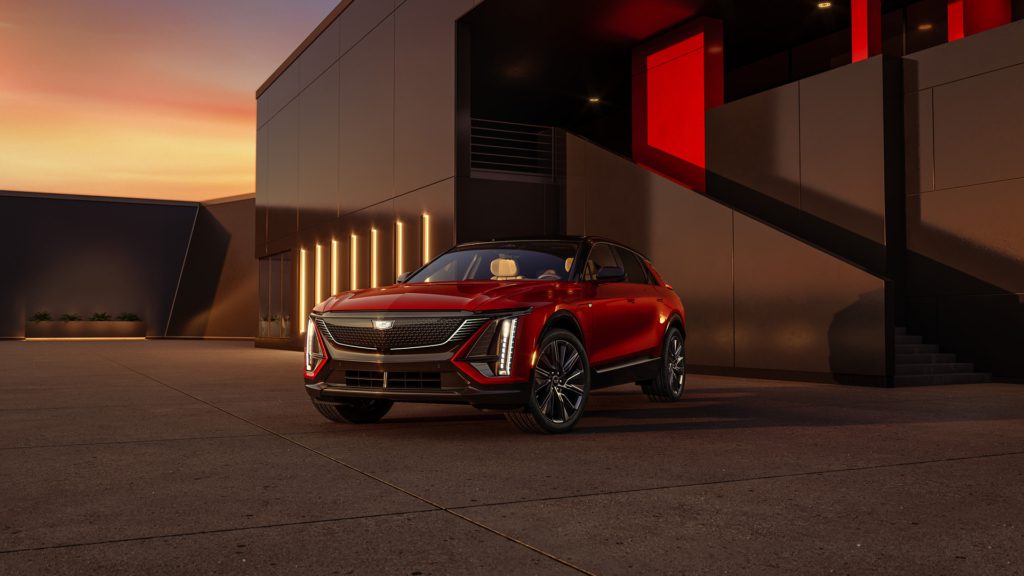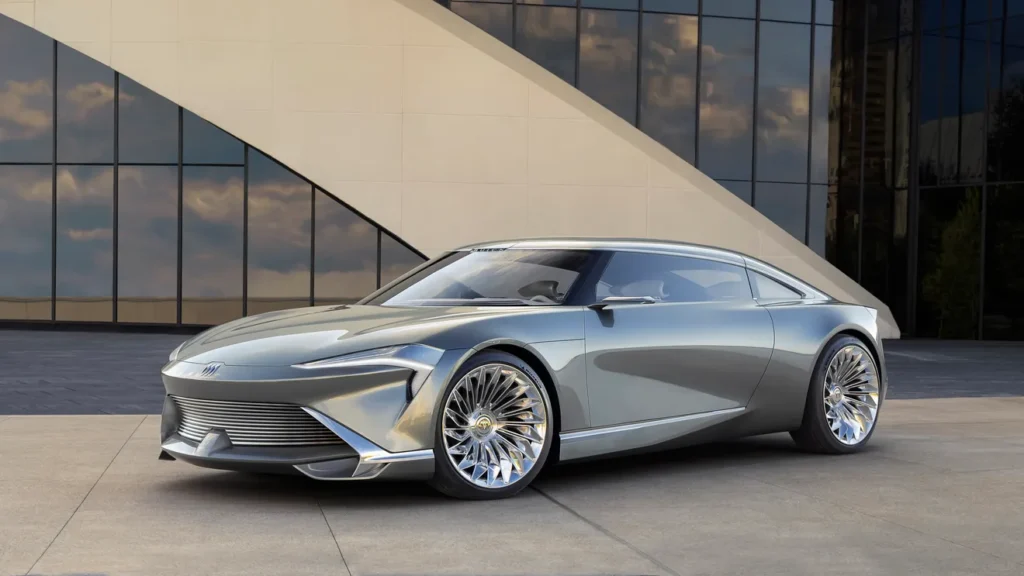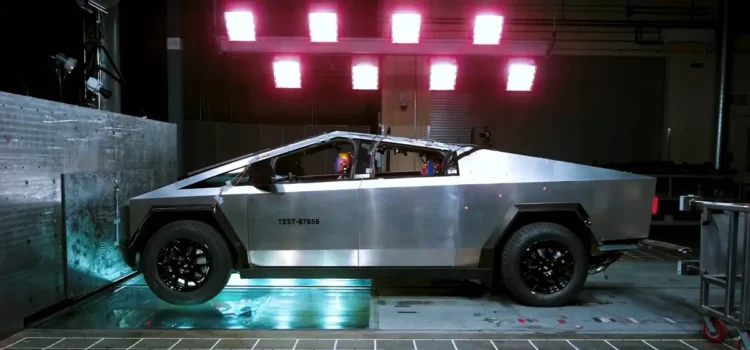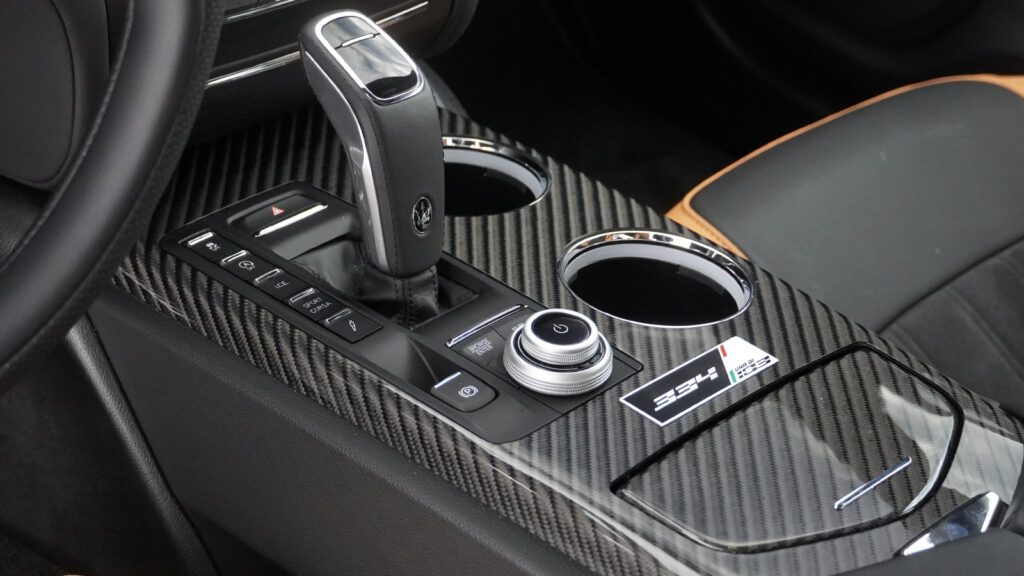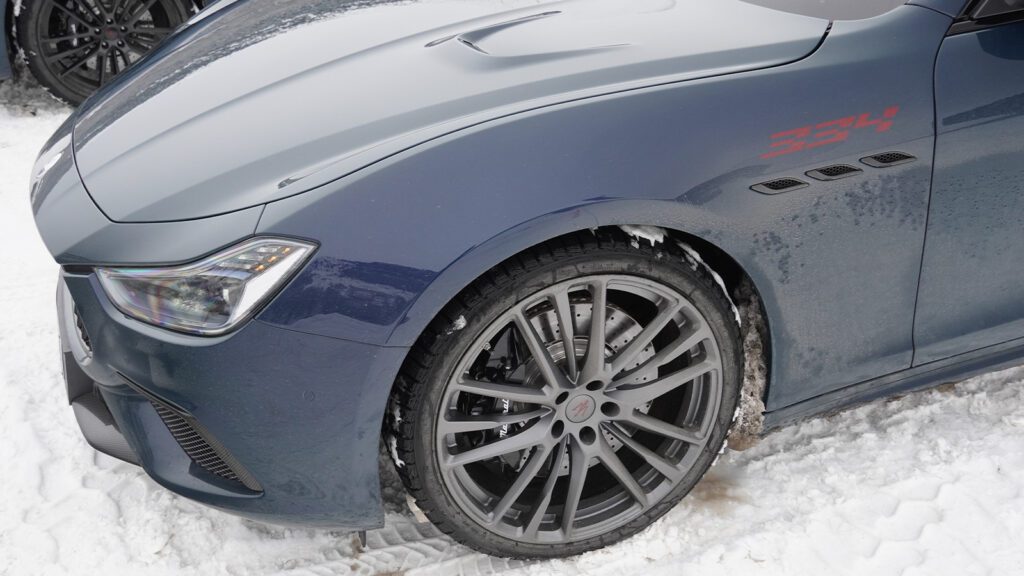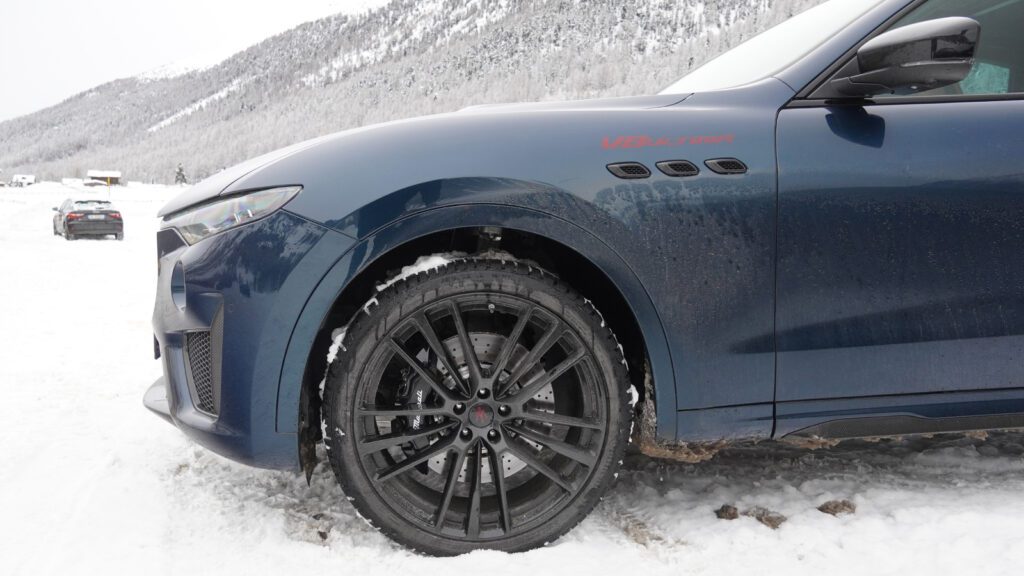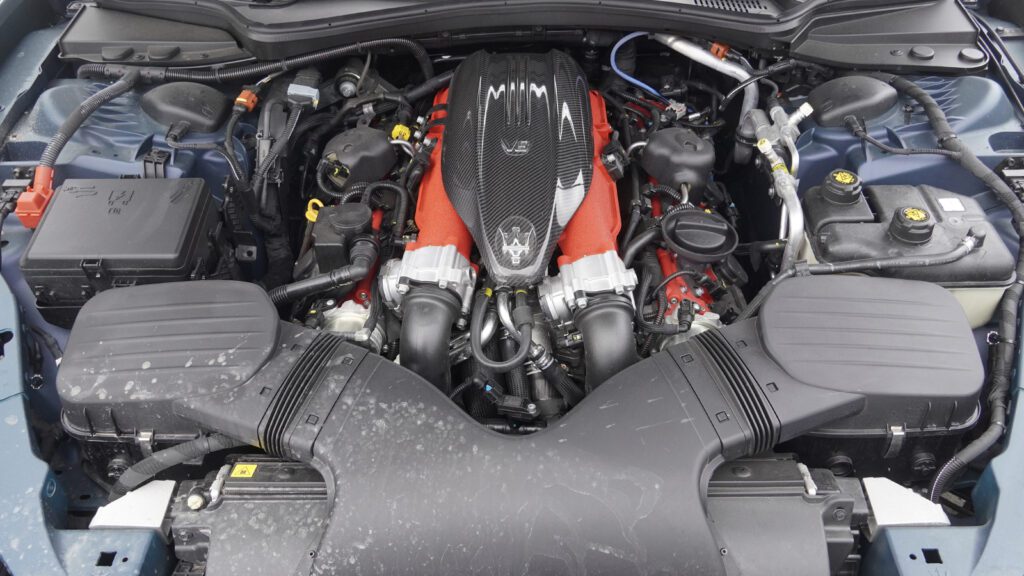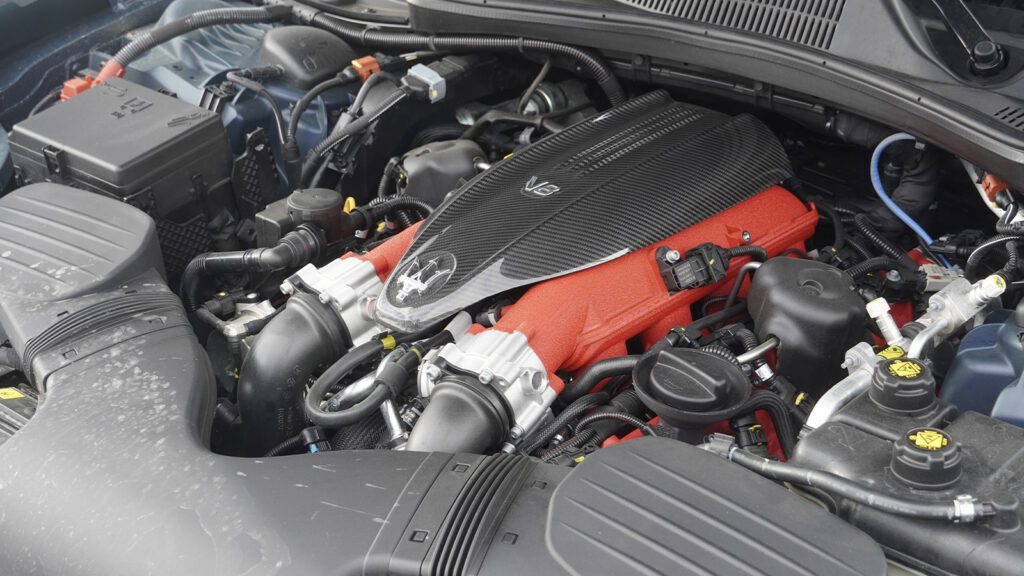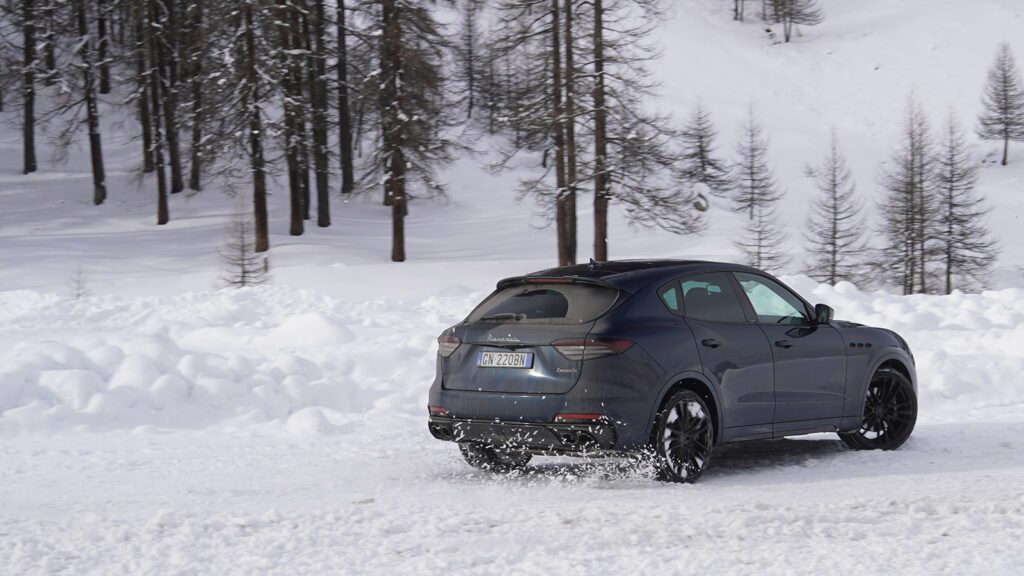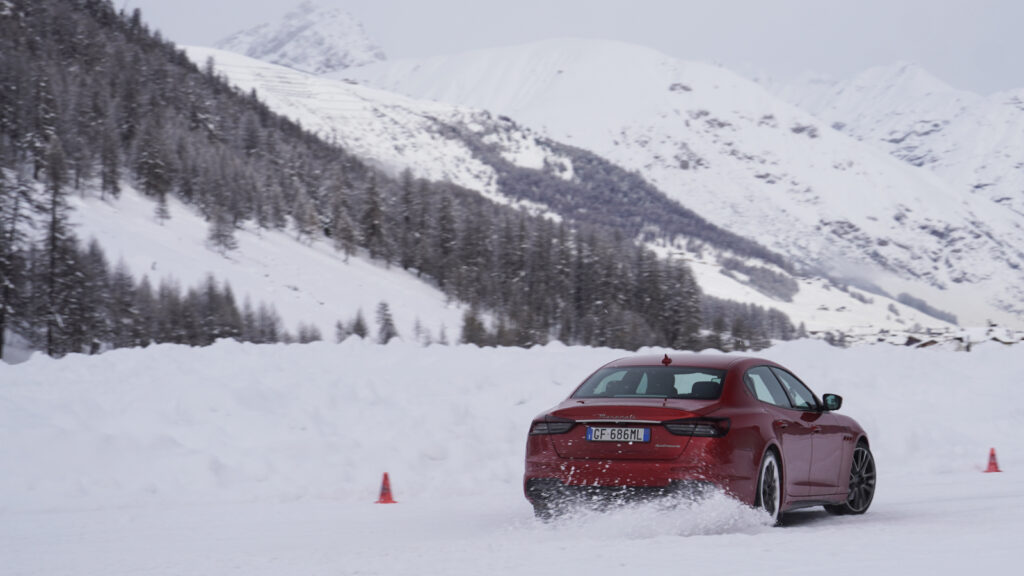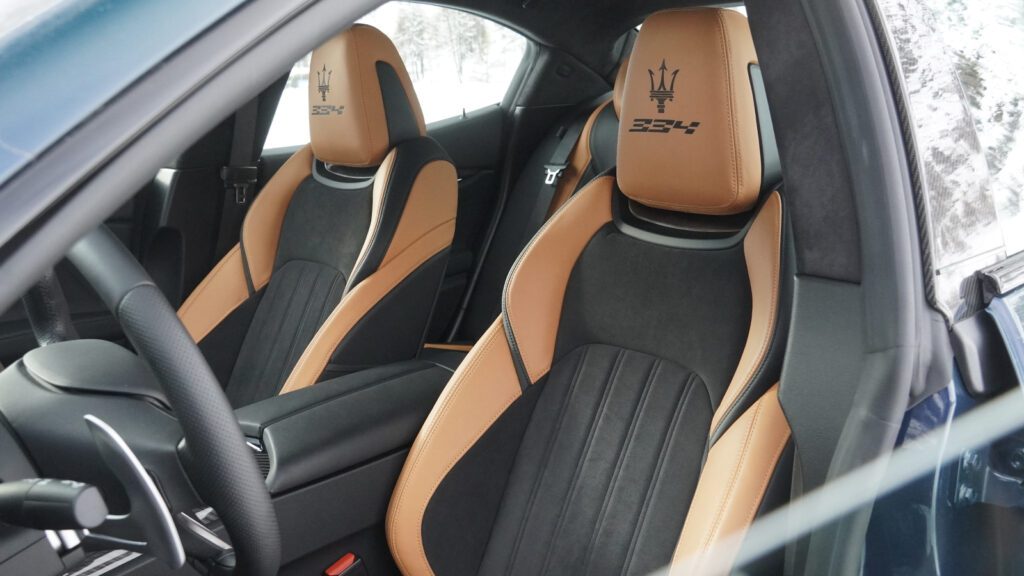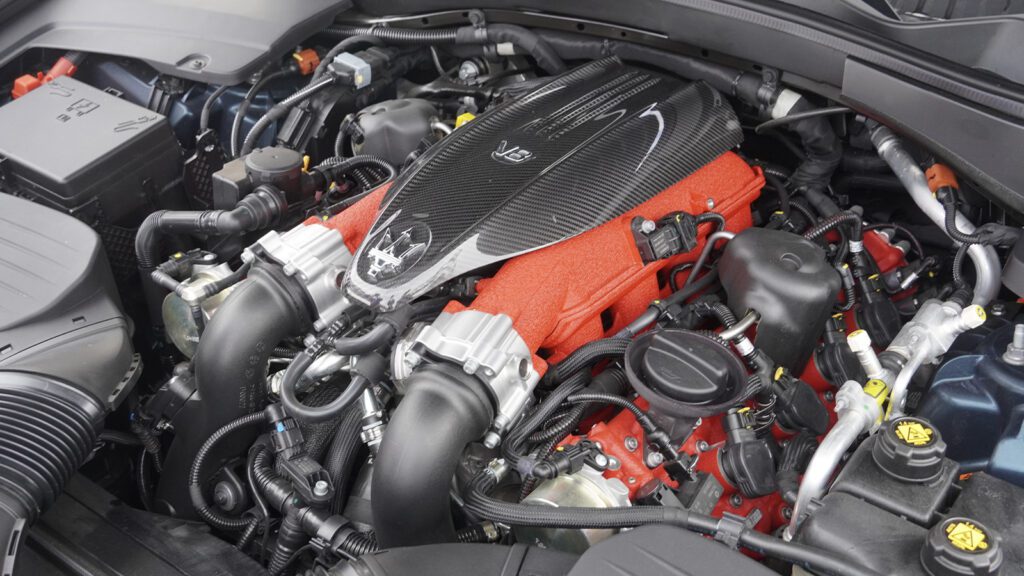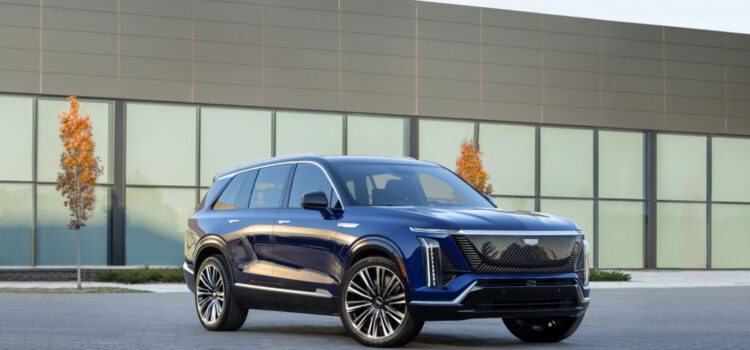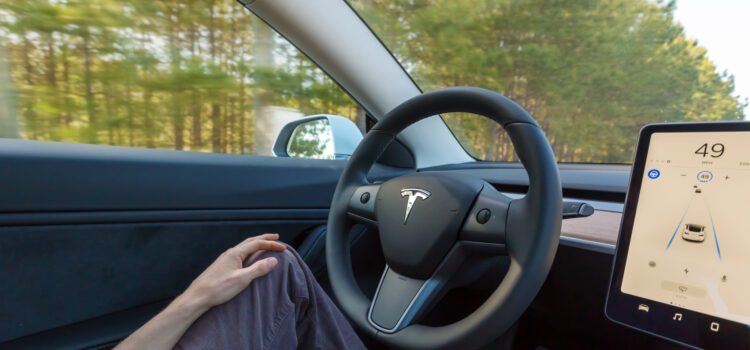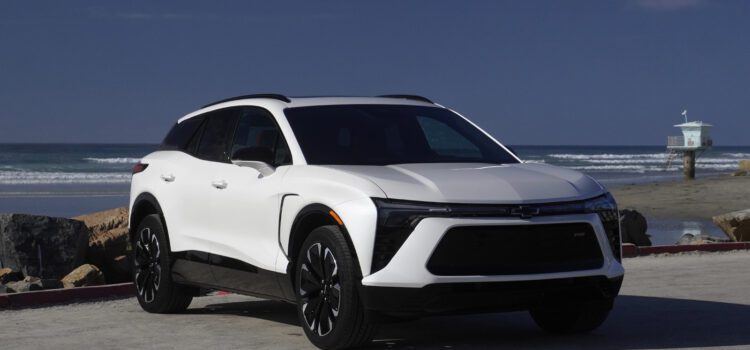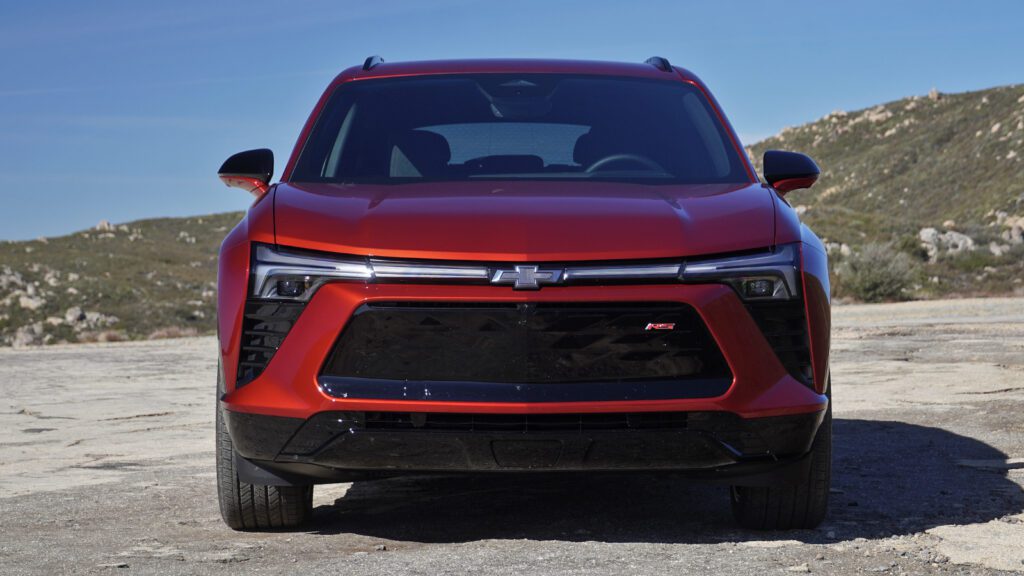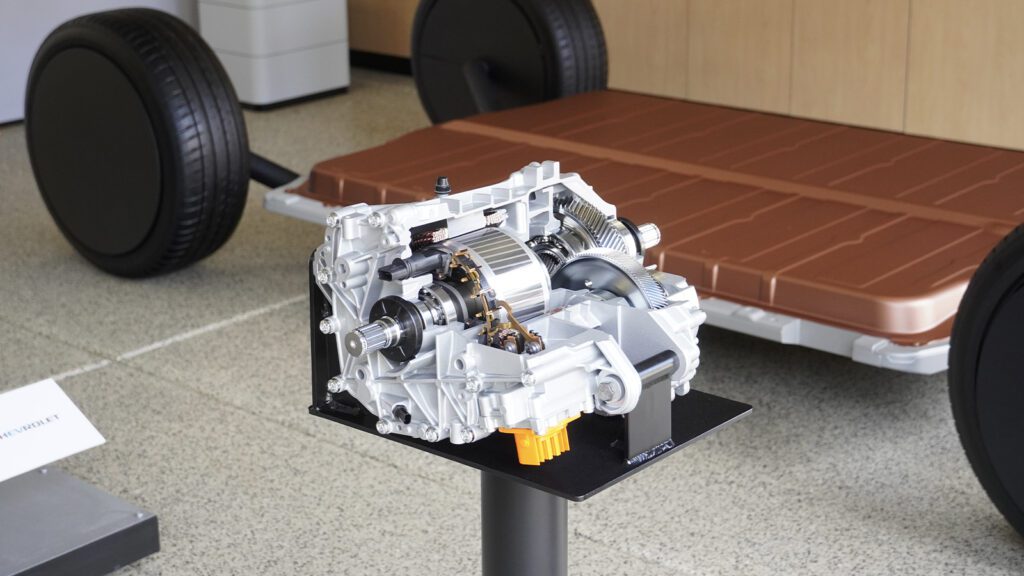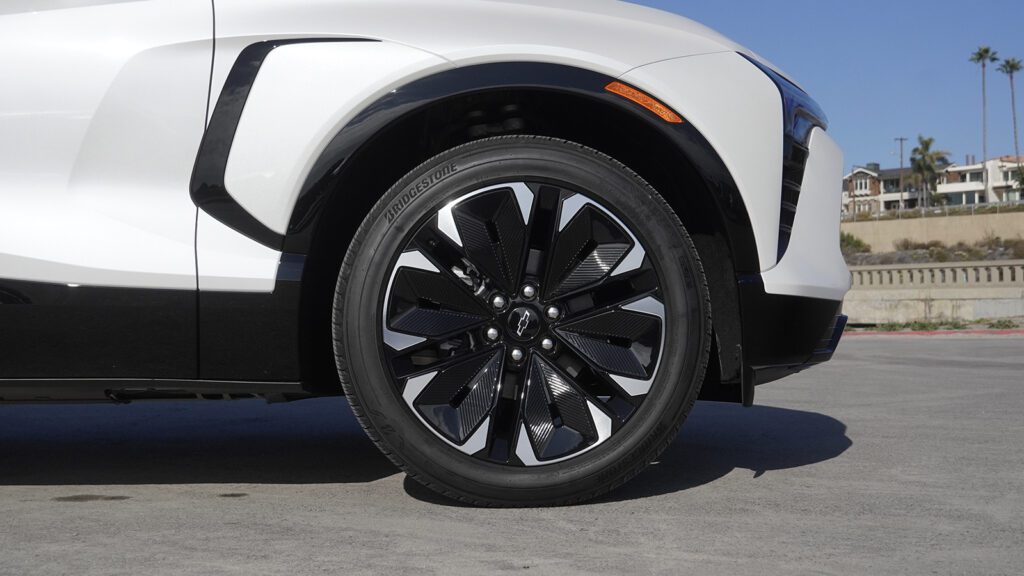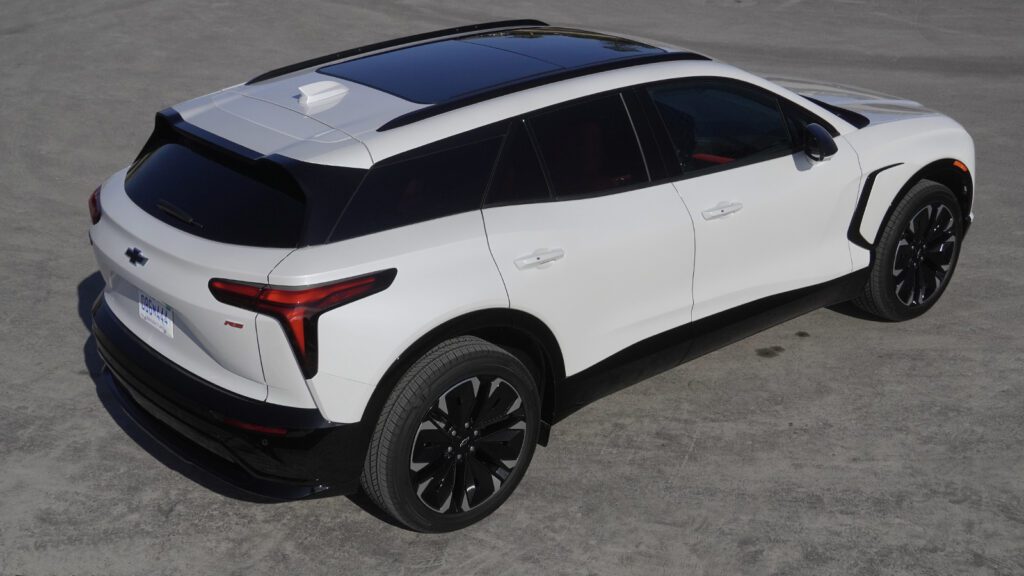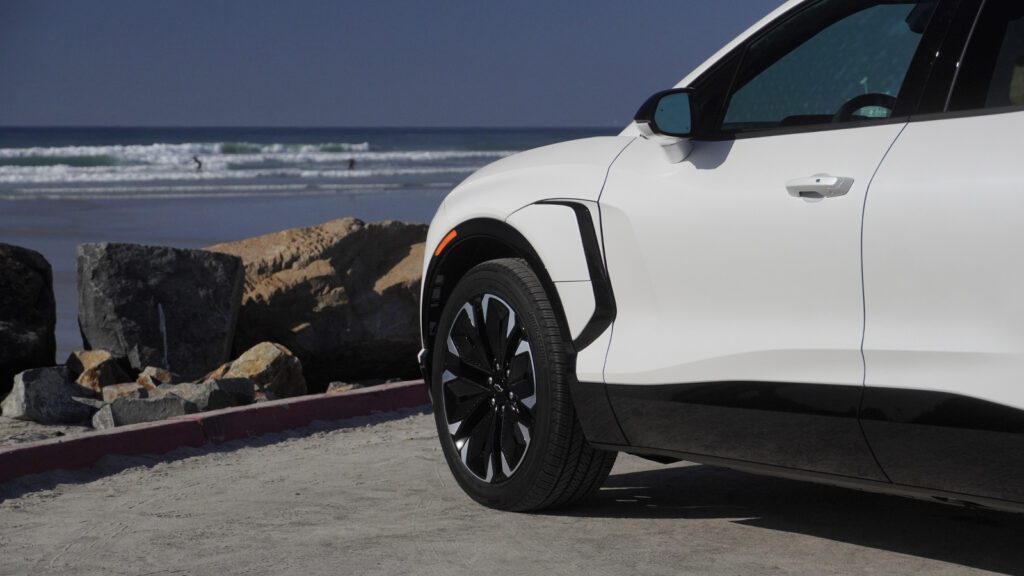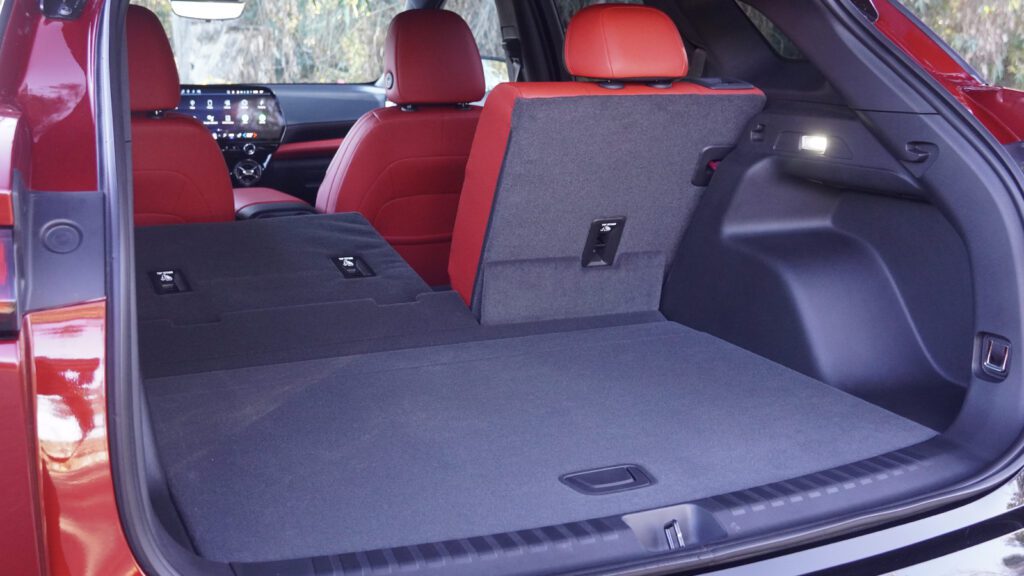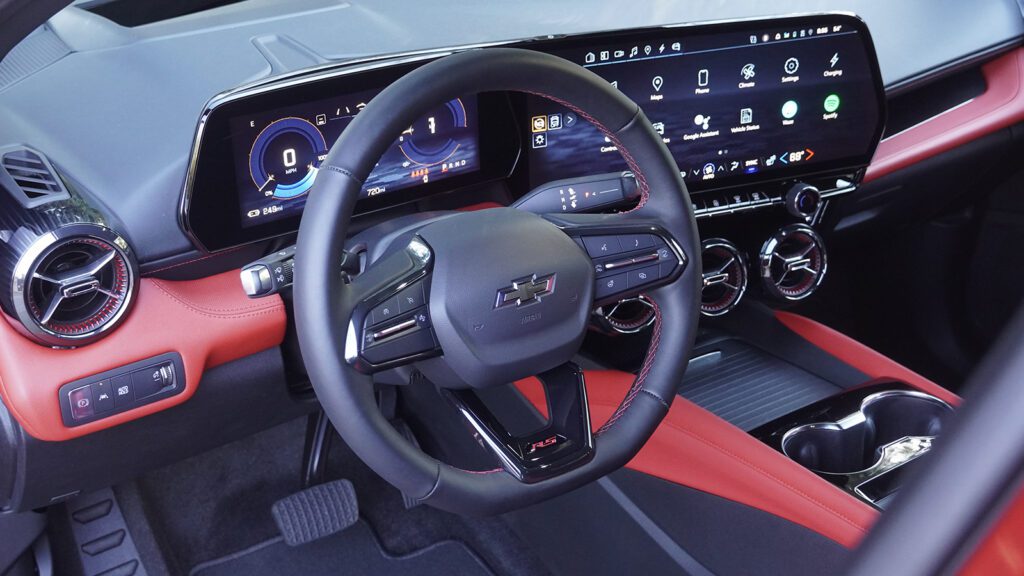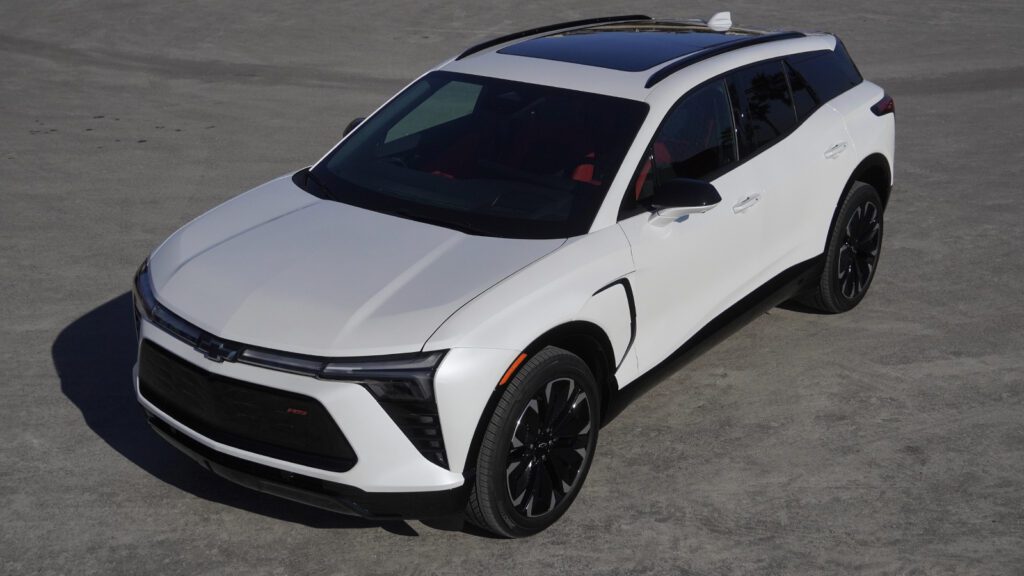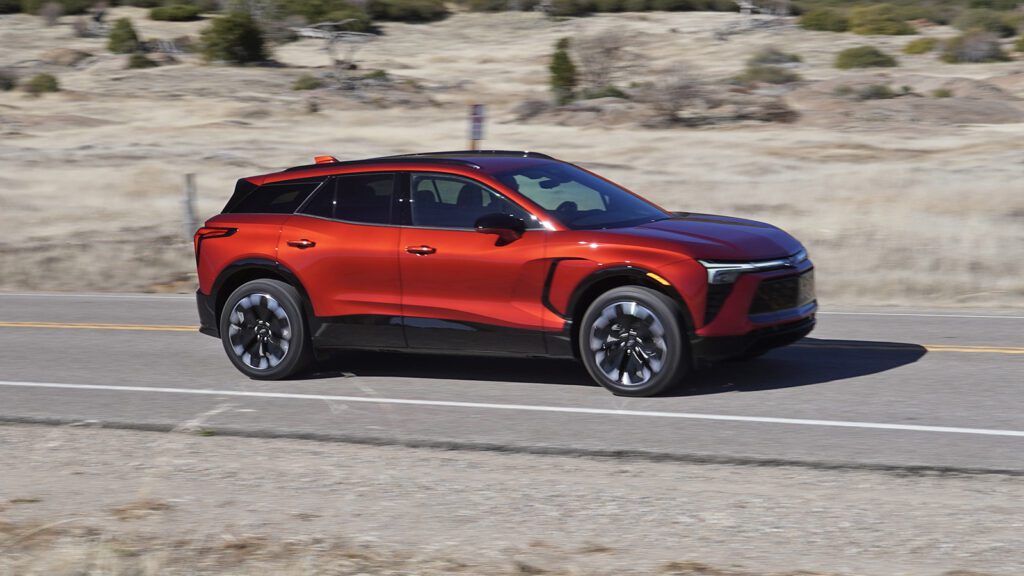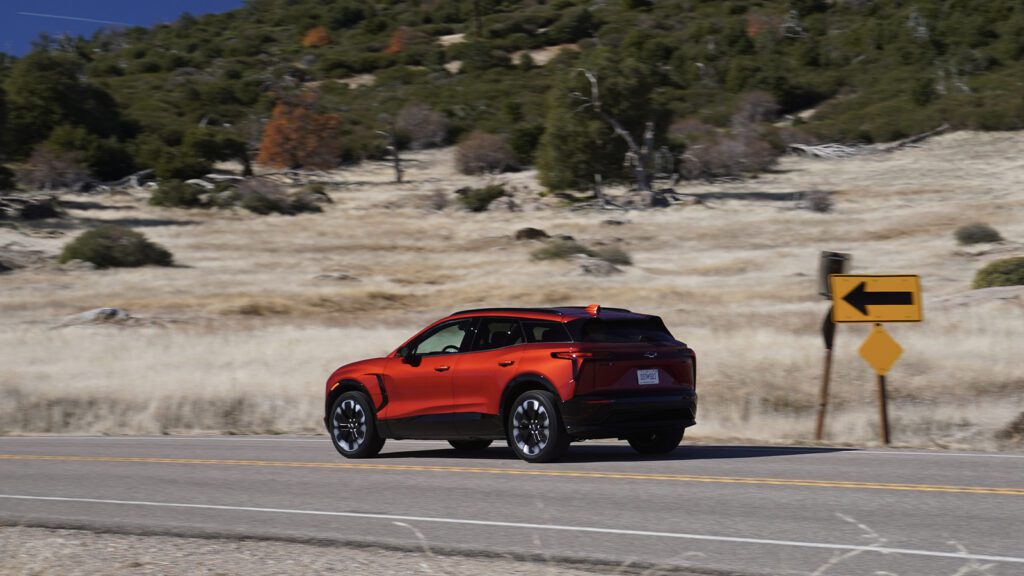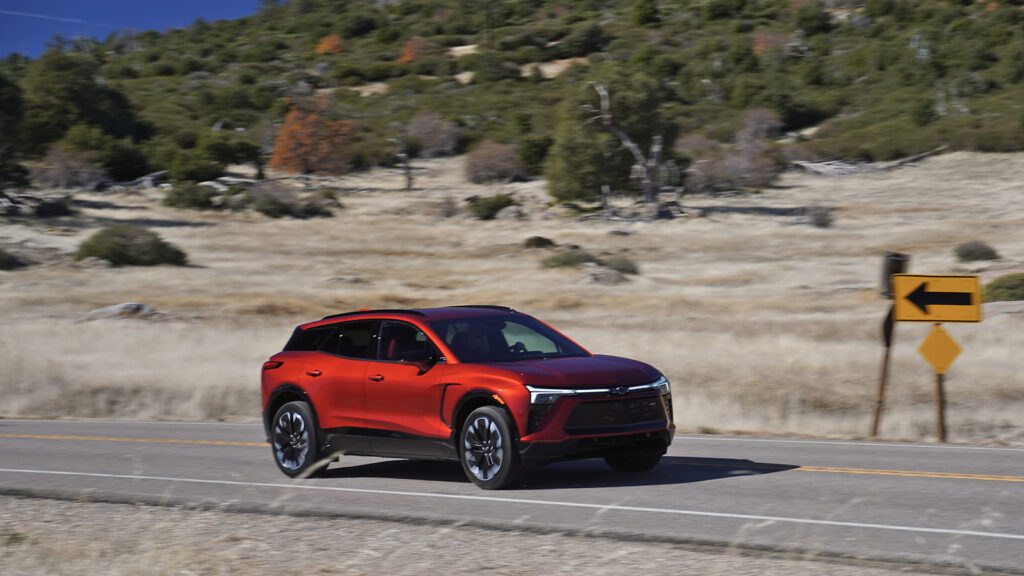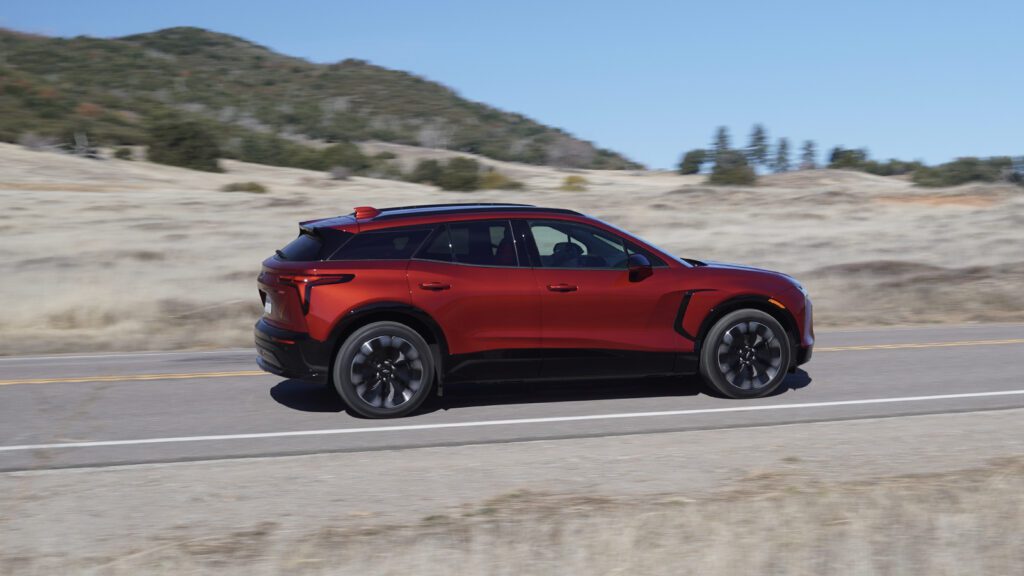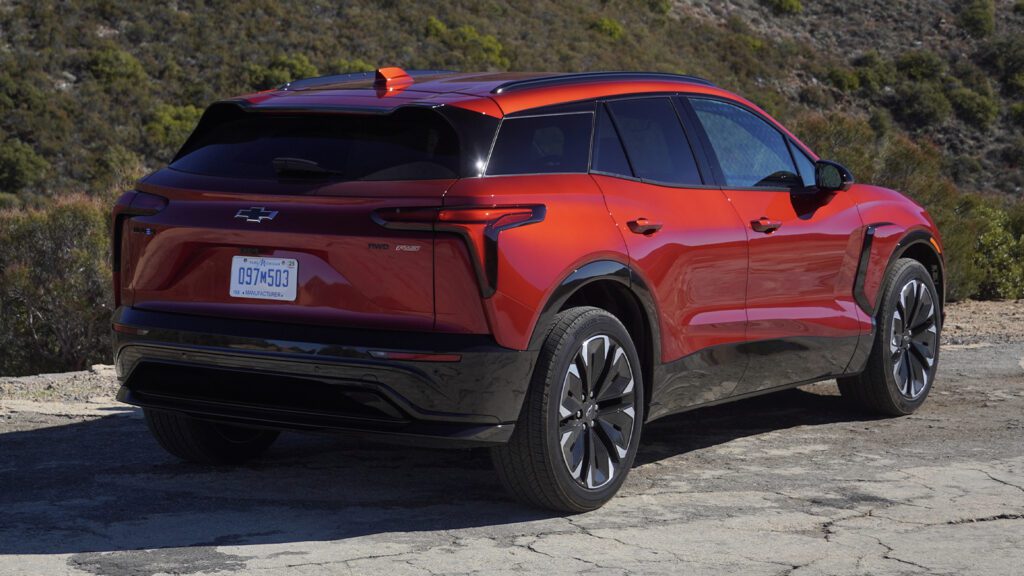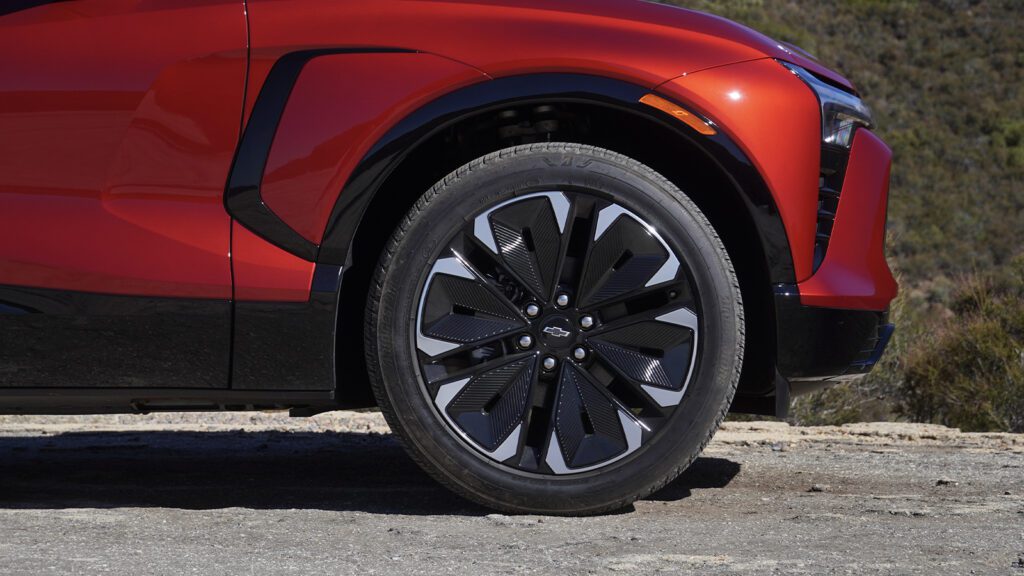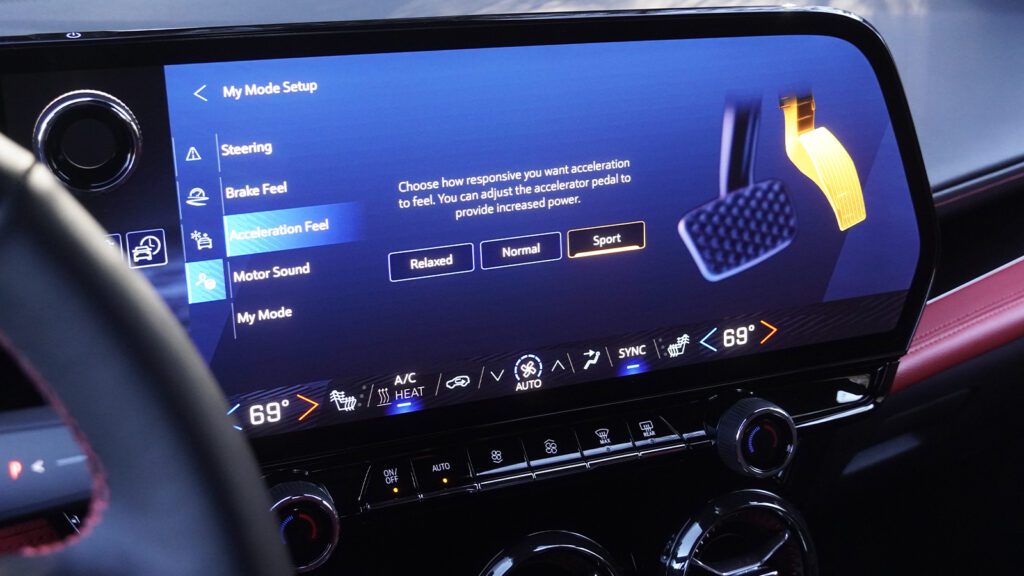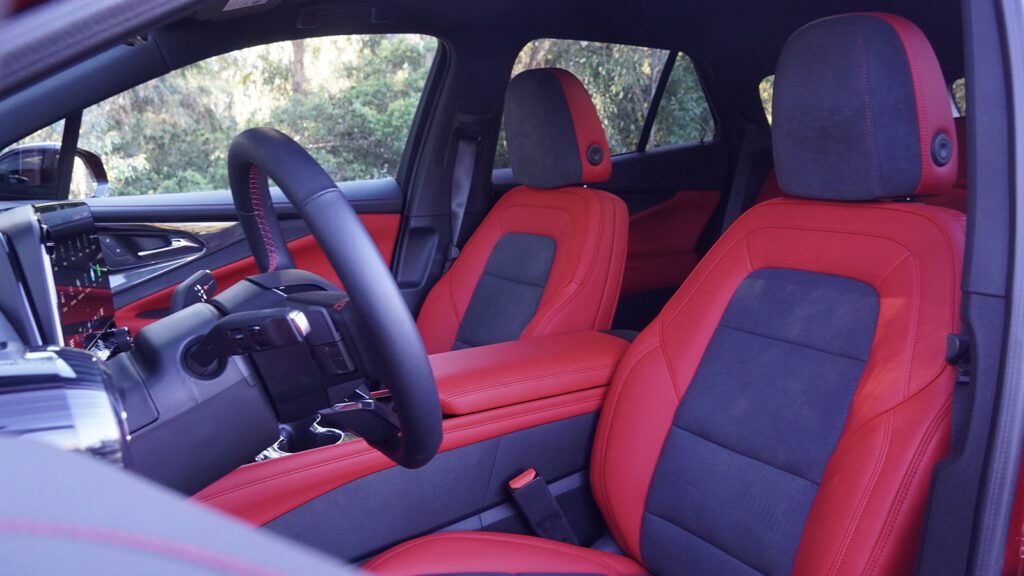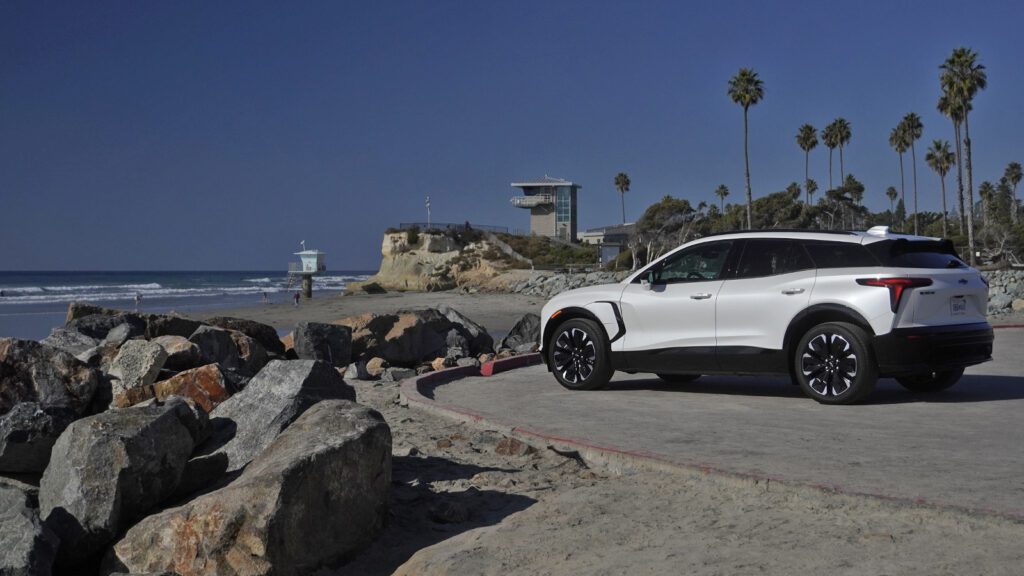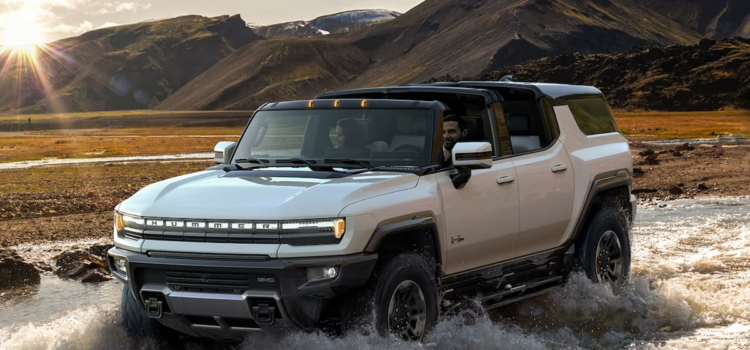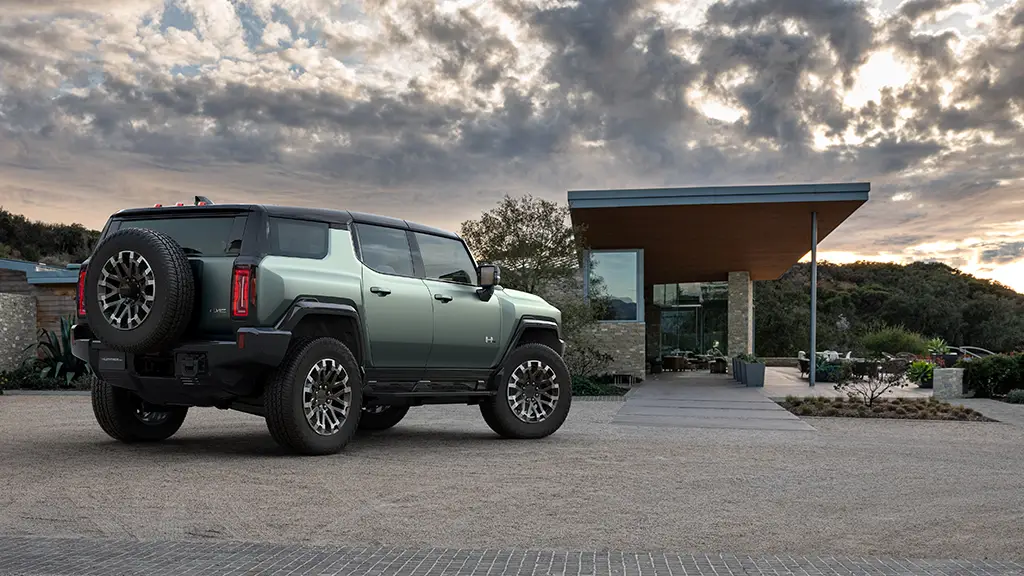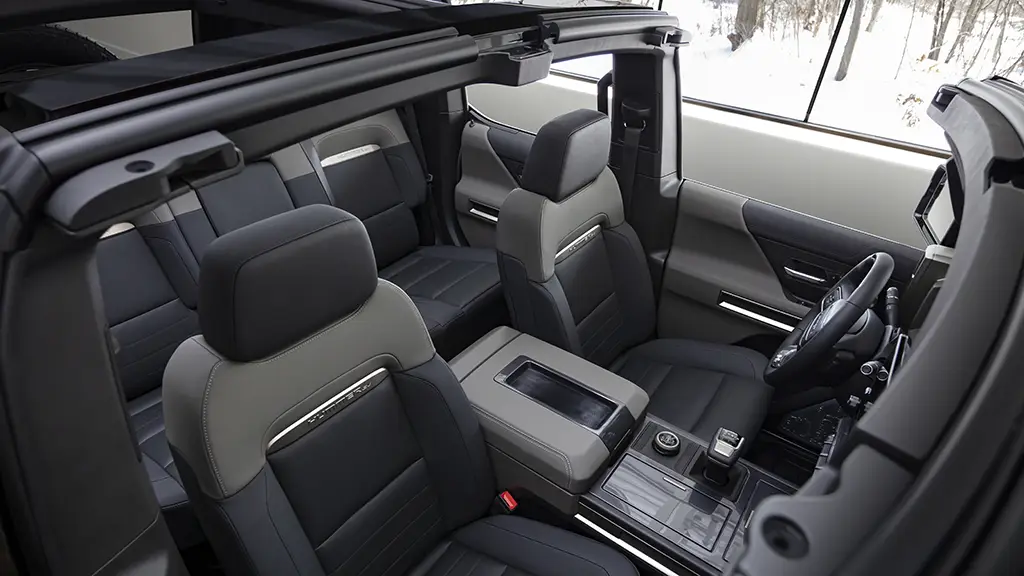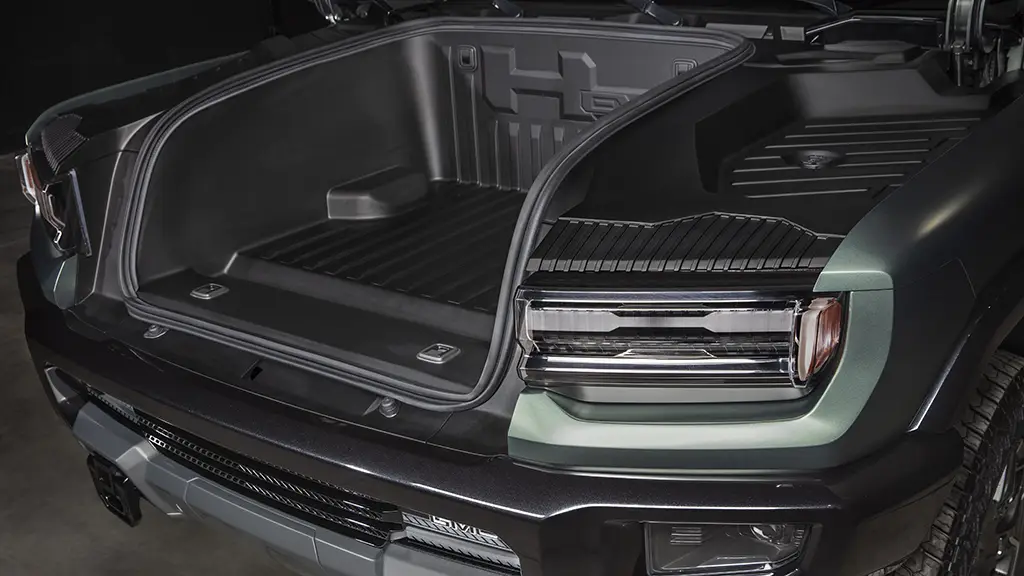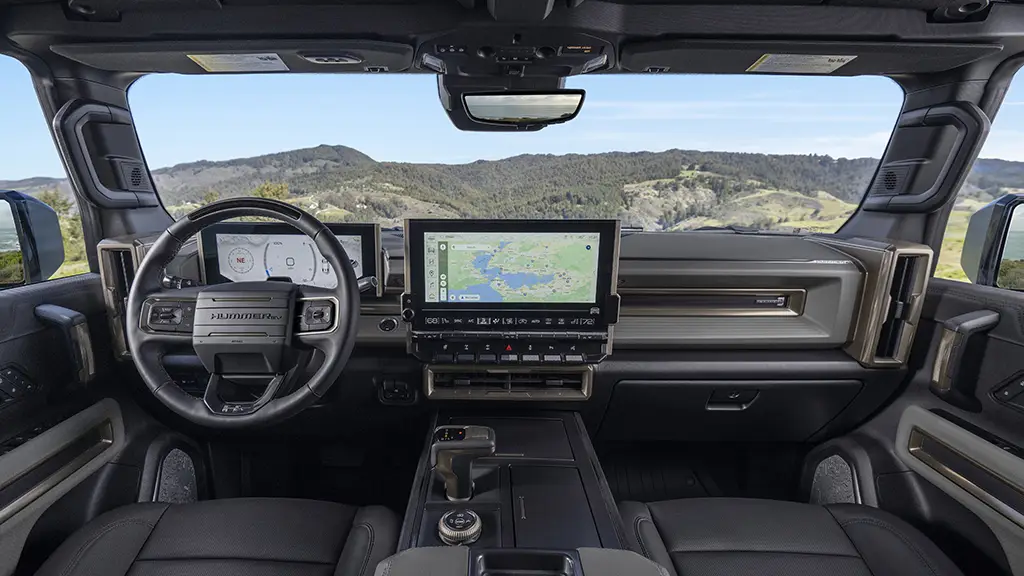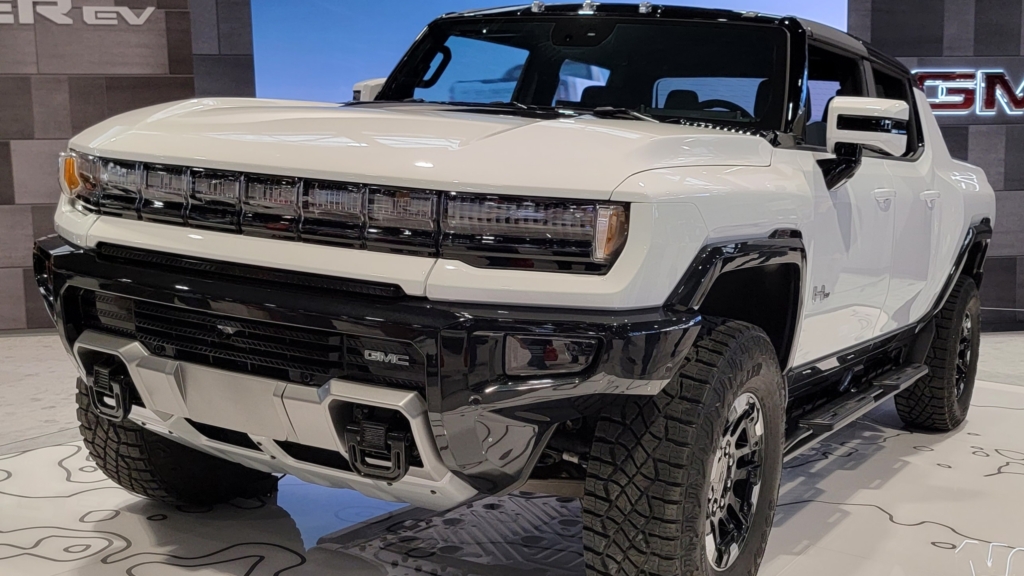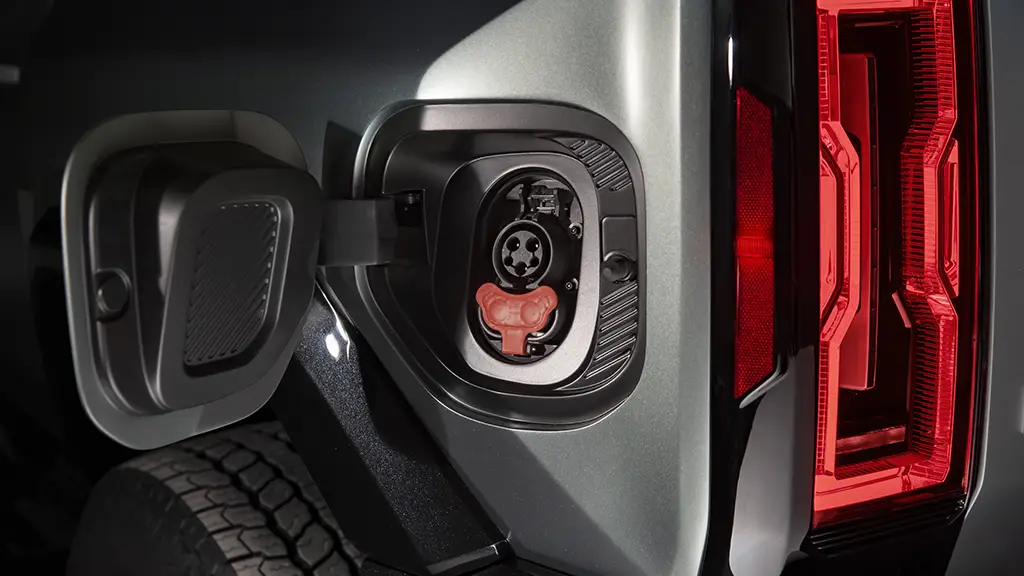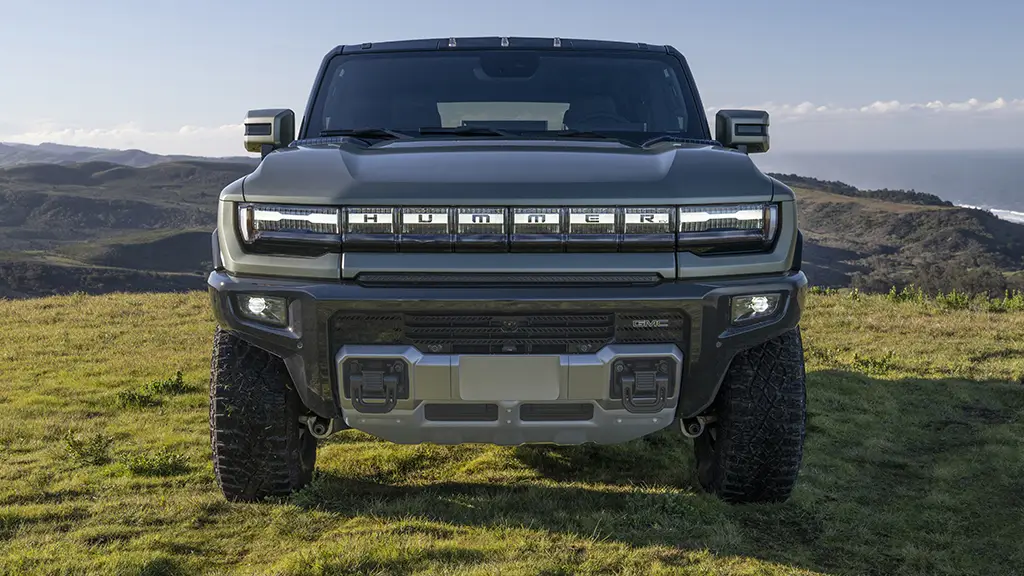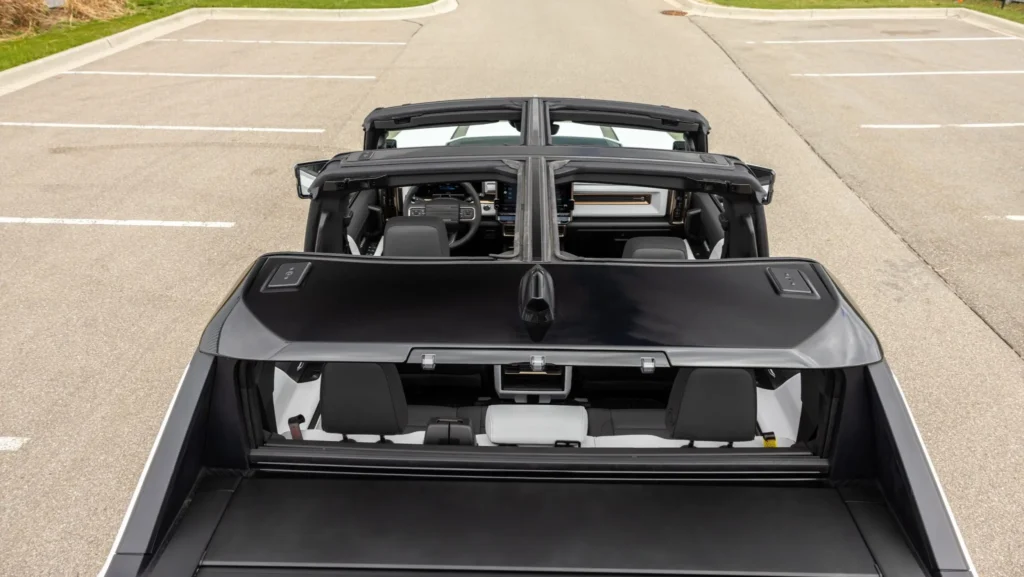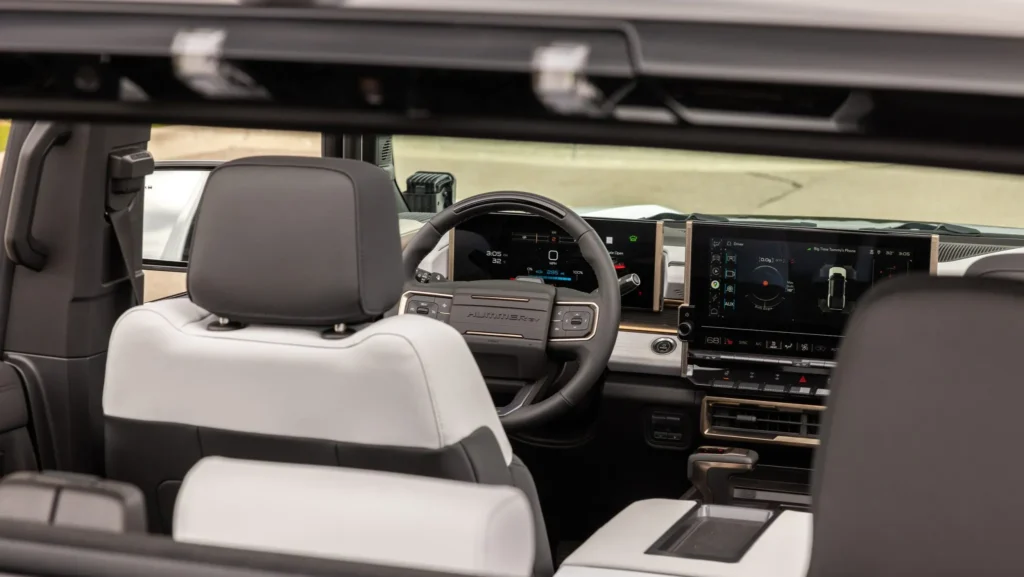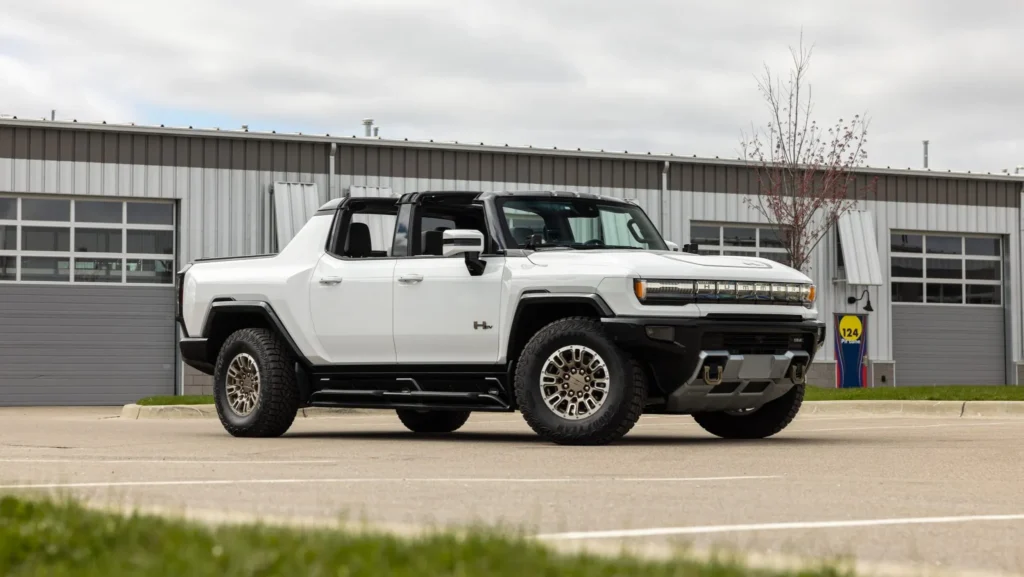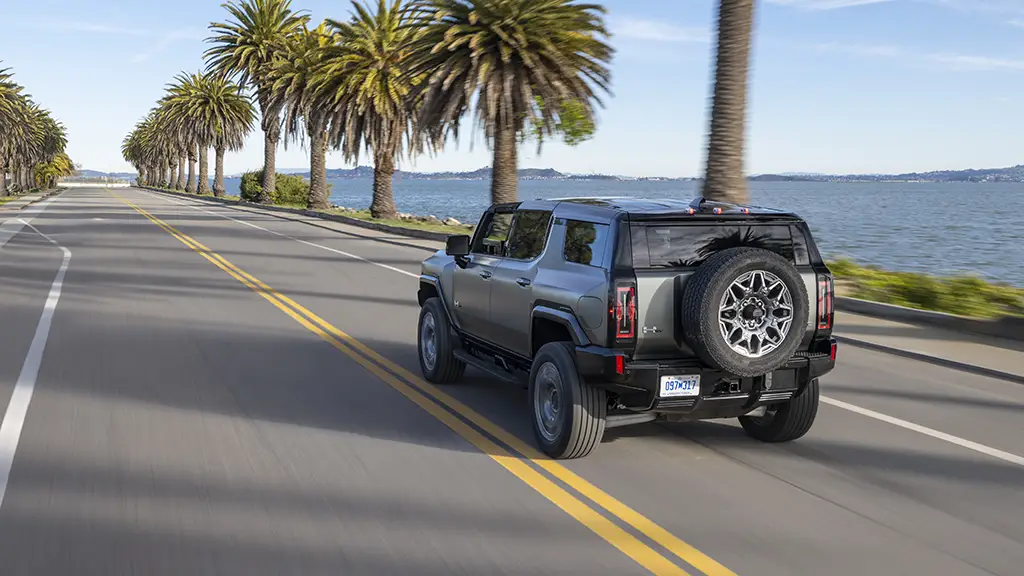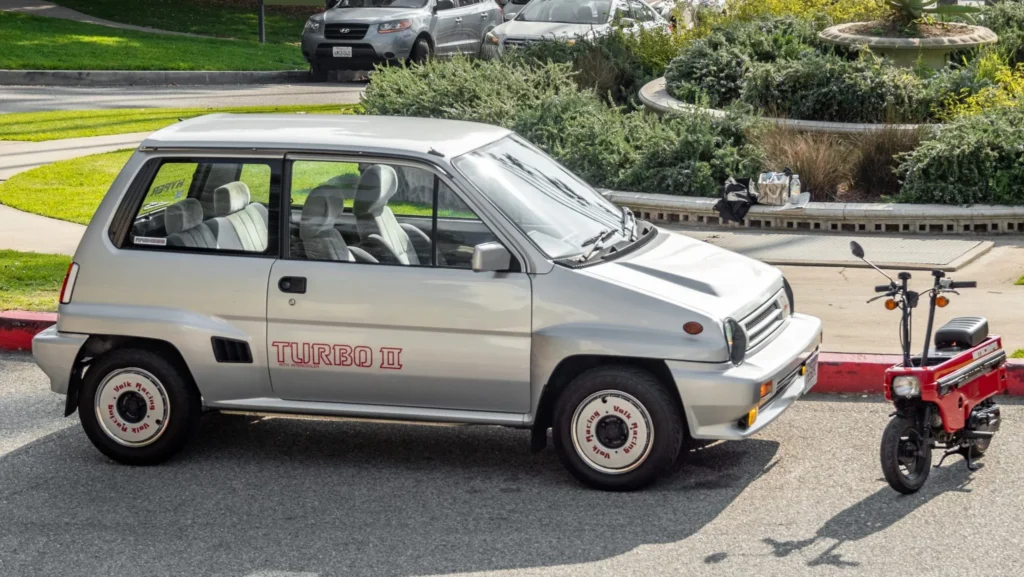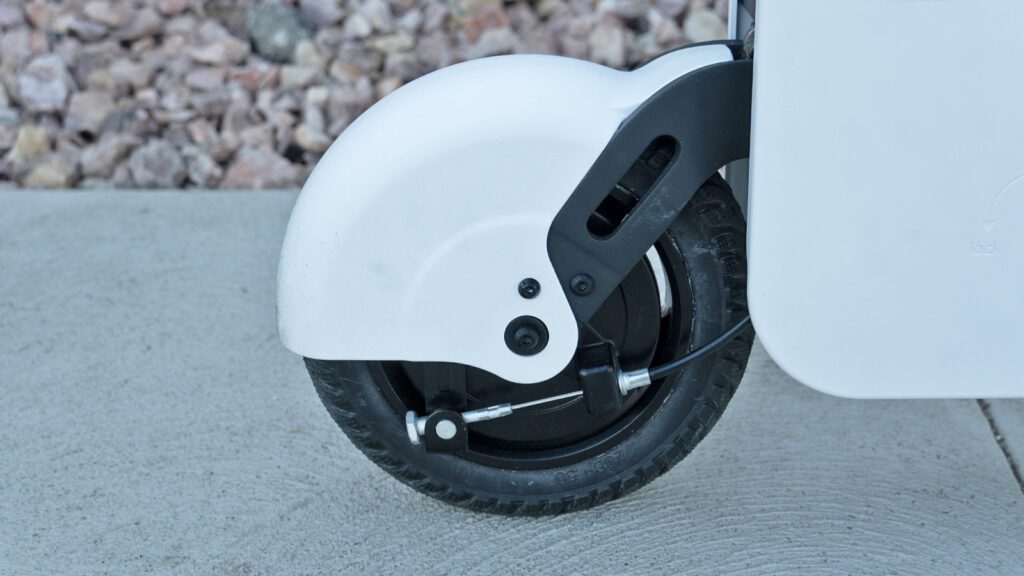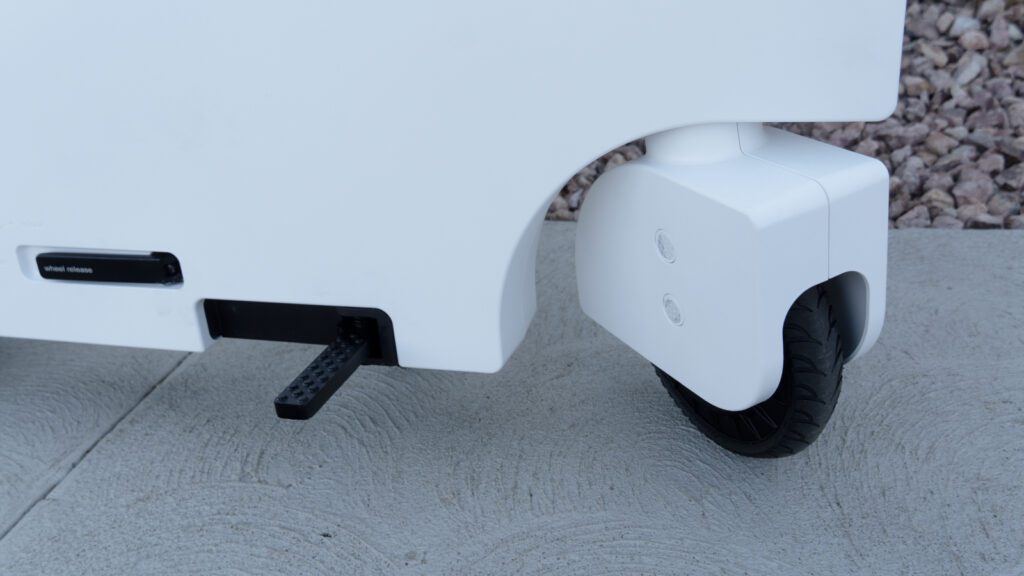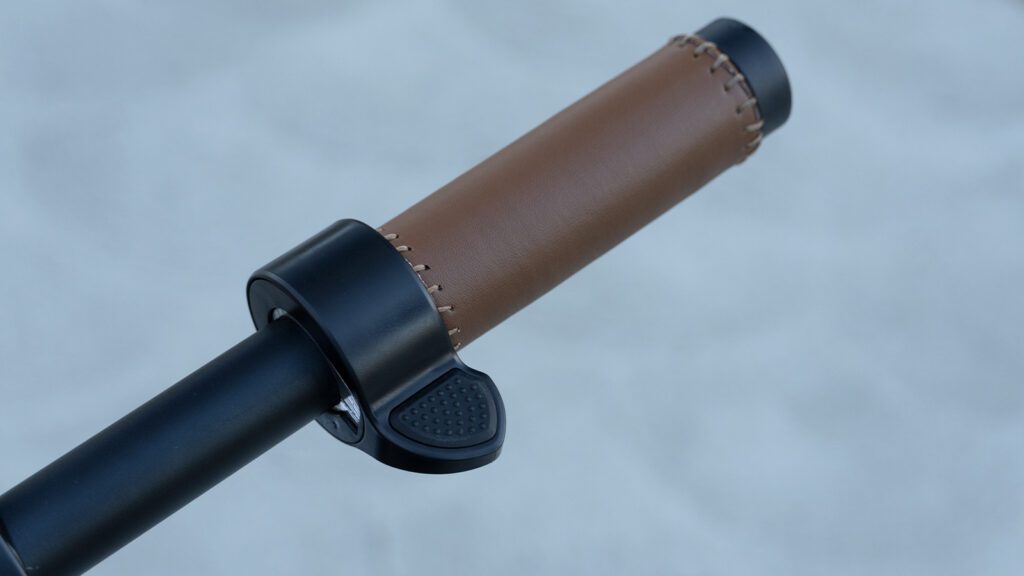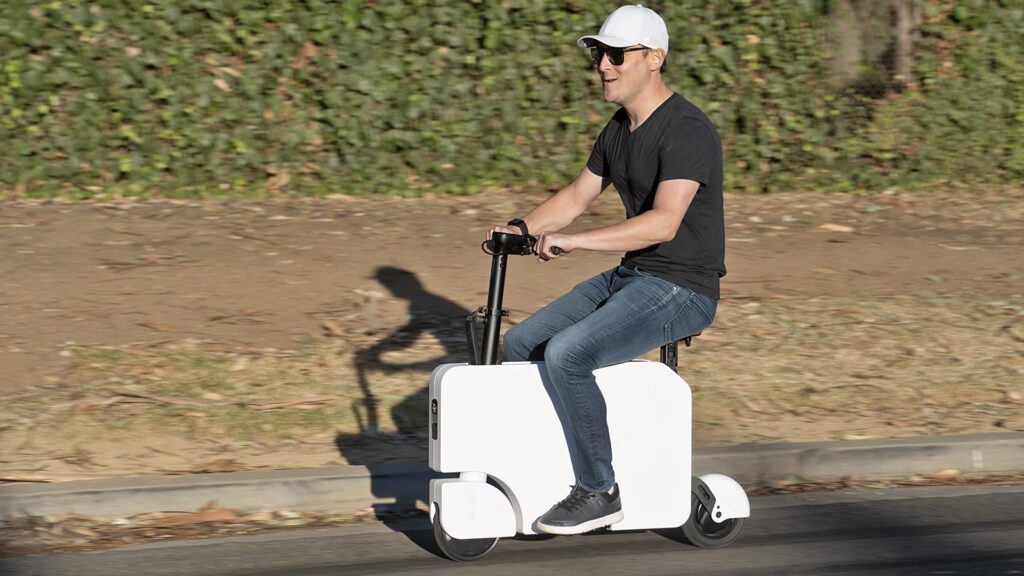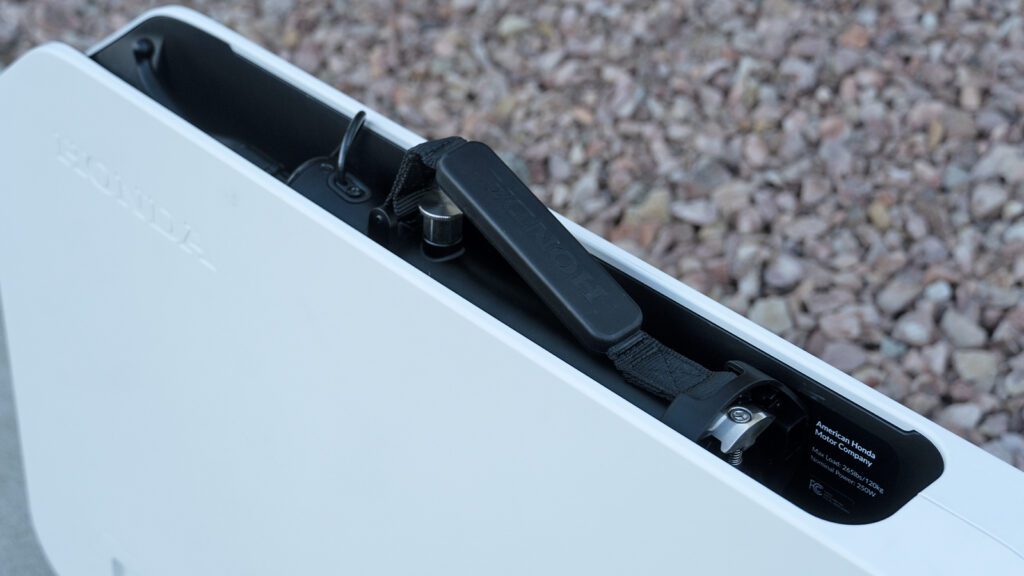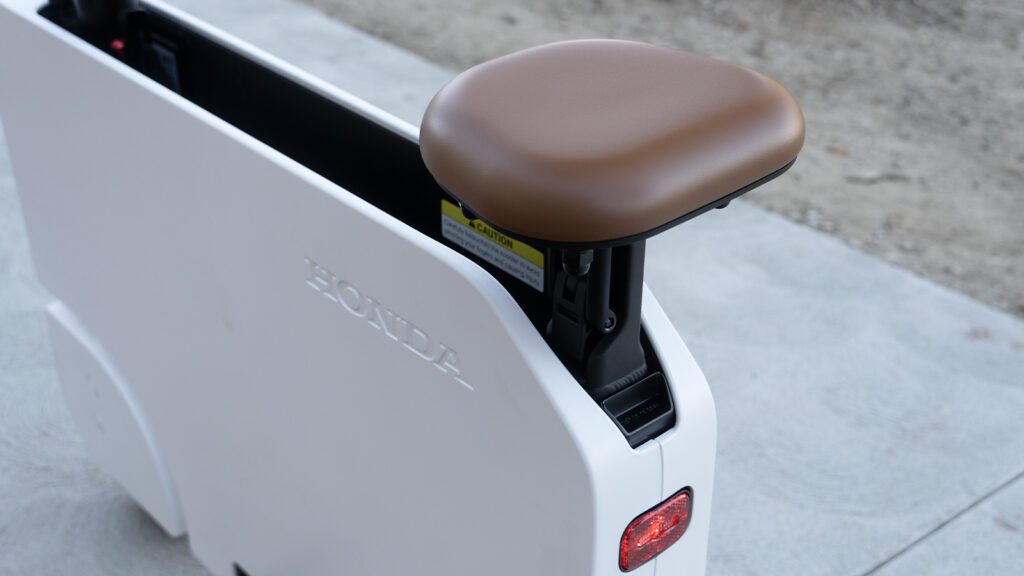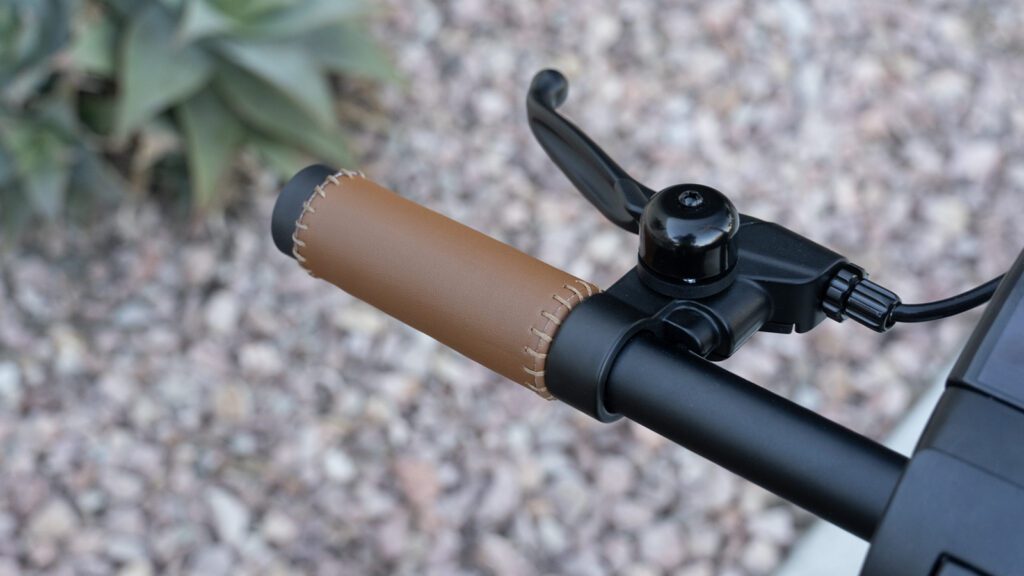Volkswagen Group to adopt the North American Charging Standard
The Tesla charging standard is finally coming to VW Group vehicles in a swift, kilowatt-inducing move. Volkswagen, Audi, Porsche, and Scout Motors will implement the North American Charging Standard (NACS) in future electric cars starting in 2025. Huzzah! It is the latest major automaker to make this announcement, as every automaker, bar Stellantis, has announced support for the standard in North America. Your future ID.2 EV (and possibly existing VAG electric vehicles via an adapter) will be able to access 15,000 additional charging points across Canada and the U.S. CCS vehicles can only access 3,800 DC fast charging outlets operated by the controversial and less-than-acclaimed Electrify America and Electrify Canada.
Developed by Tesla in 2012, the NACS standard was solely used by the EV giant until 2022, when it opened the standard to other brands. In June of this year, SAE International standardized the connector, ensuring that any supplier or manufacturer can use, manufacture, or deploy the connector for vehicles and charging stations in North America.
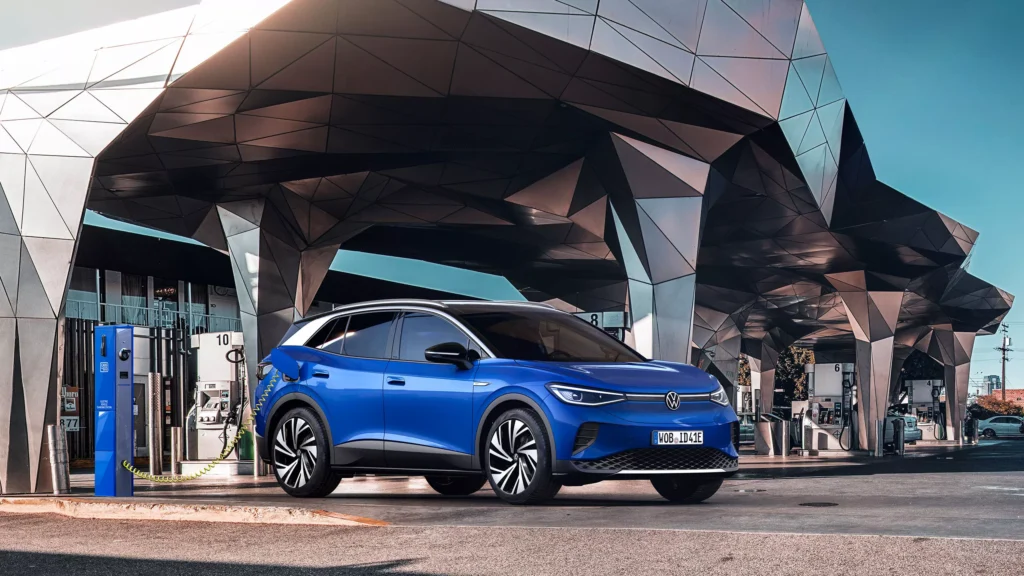
Even the U.S. government is reevaluating its stance on this charging standard. When Ford adopted the connector in June, they described CCS as “the minimum standard of charging for EVs in America.” That seems to have changed with the December 19th White House press release.
With the implementation of J3400 TM, a new standard for charging EVs published by the Society of Automotive Engineers (SAE), any supplier or manufacturer will now be able to use and deploy the Tesla-developed North America Charging Standard (NACS) connector, which a majority of automakers have announced they will adopt on vehicles beginning in 2025 with adaptors available for current owners as soon as next spring.
Joint Office of Energy and Transportation
However, note this. The adoption of NACS doesn’t mean CCS will disappear in North America. EV charging networks in the U.S. must support CCS to qualify for a share of the $7.5 billion in federal infrastructure funding. There is still the matter of the small number of charge points in general compared to the 168,000 gas stations in the U.S. alone.
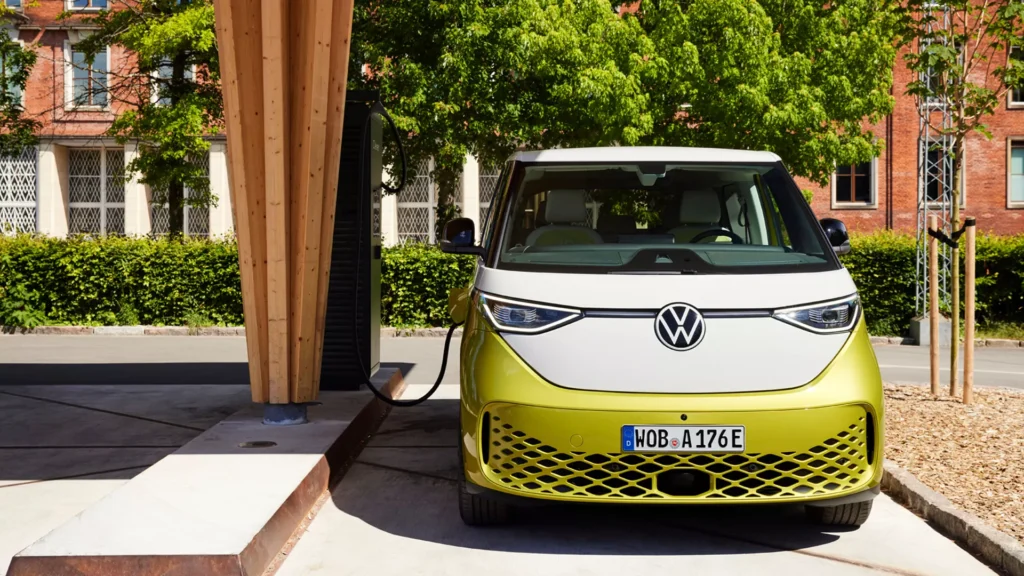
The NACS connector is primarily better for the North American market because the commercial single-phase voltage is 277 V. Level 2 AC chargers that use CCS require a step-down transformer. These transformers are too big to install in most places that require them and cost money.
Essentially, the North American Charging Standard is more efficient and cost-effective on this side of the Atlantic. Or so you’d hope it’d be when “North America” is literally in the name.




